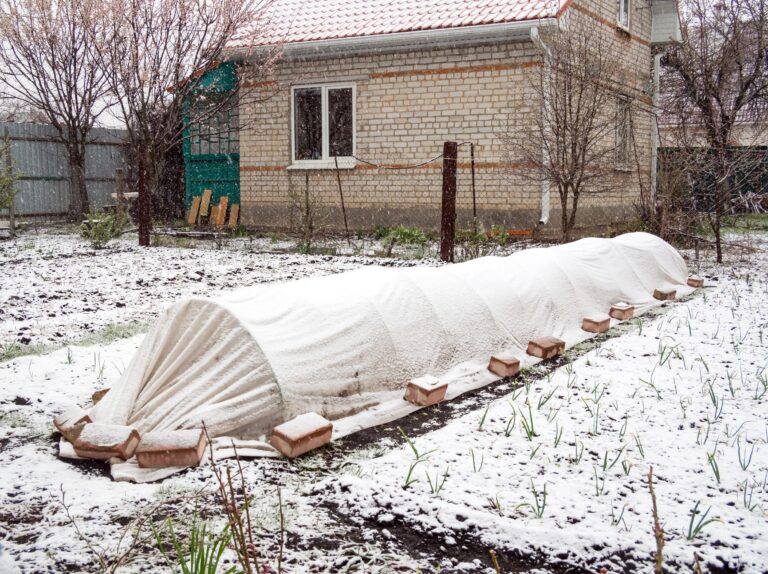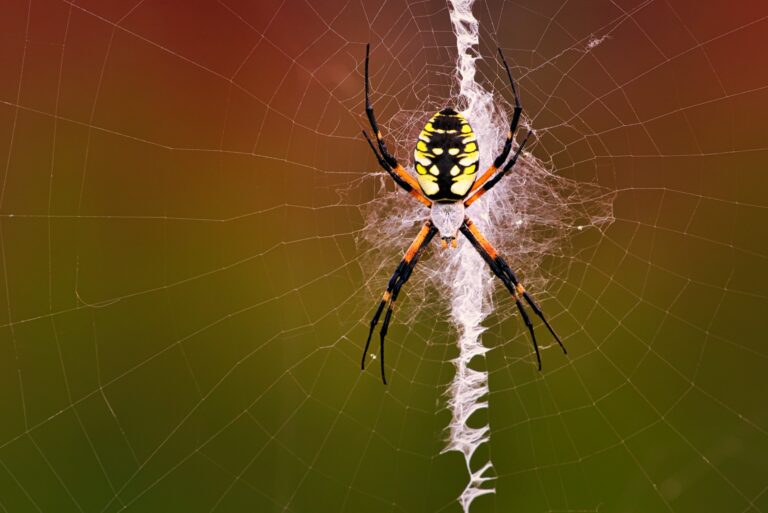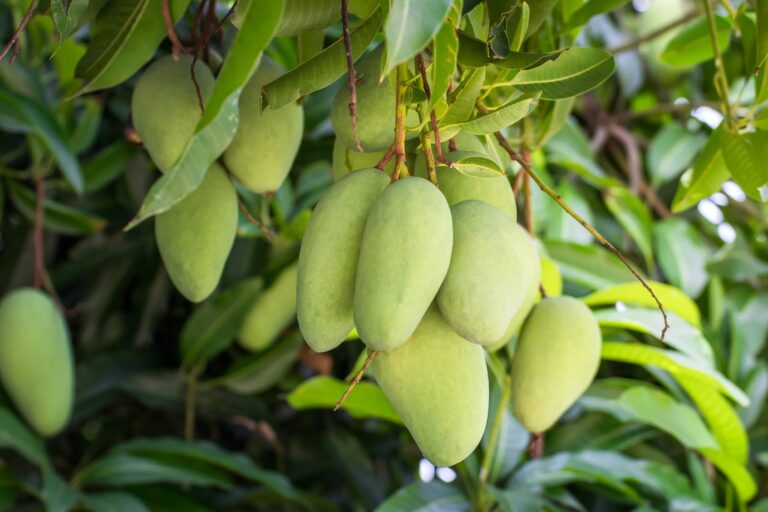When it comes to investing in a new home, the one word you always want to keep in mind is equity. The more equity you build up in your home the more valuable it will be should you decide to sell one day. Or, part of your retirement plan might include applying for reverse mortgage….
Uncategorized
Winter Garden Tasks
Even if you are not growing a winter garden, you can still do plenty of winter garden tasks. Winter garden chores can be split into planning and chores. Planning Winter is an excellent time to plan your next year’s garden. Planning your garden is split to into these steps. Inventory Before you list things…
Good Bugs for the Garden
How much gardening media is consumed with pest control topics? Gardening store shelves are filled with pesticides, and organic gardening books are full of tactics to beat bugs with more natural tools. But having a bug-free garden is a bad thing. Here are some good bugs for the garden. Why are Bugs Beneficial to…
Cheap Ways to Improve Garden Soil
Soil is the heart of your garden. And if we want to keep our gardens healthy and producing plenty, it’s essential to care for the soil diligently. Here are some practical and cheap ways to improve garden soil. Fertilizer When people think of improving soil, they most often think of adding fertilizer. This is…
How to Keep Gardening from Being Boring
Most of the time, growing a kitchen garden is a somewhat predictable task. Many people grow the same things year after year. And that’s great because it means they eat something they love that are nutritious and delicious. But I encourage people to grow at least one new or challenging thing each year. Growing an…
6 Health Benefits of Gardening: How It Boosts your Physical and Mental Health
The health benefits of gardening are not limited to supplying your food. Gardening is also a form of self-care. You can reap several tangible benefits from growing your food, including physical and mental changes. Improves Mood Exercise, eating more veggies, and sunlight are all linked to improved mood. Exercise and eating more veggies keep your…
2 Homemade Fertilizers You Can Sell
Looking to make extra money? Mixing up homemade fertilizer is a great side hustle for gardeners. What is fertilizer? I want to discuss fertilizers. They are anything you add to the soil to make it a hospitable place for plants. They can be organic or non-organic. When looking at fertilizers, they seem to come…
Gardens, Books, and Legacies
Gardening wasn’t a hobby in my mother’s family. Instead, it was essential to their lives. In the 1950s and 60s in rural Arkansas, the garden was their only source of fruits and vegetables. And when they wanted something different, they bartered their oversupply with their neighbors. As the decades passed, my grandmother’s life changed dramatically….
Ways To Have Sustainable Meat Without Slaughtering Animals
There are several ways to eat sustainable meat without killing an animal. For example, you can buy cultivated meat, support animal-friendly farmers, buy in bulk, and buy plant-based or fermented substitutes. In addition, you can reduce your carbon footprint by avoiding slaughterhouses and other animal-related activities. In a world where sustainability is becoming increasingly essential,…
Different Types of Loans
By Loans Canada Are you looking to get a loan and you’re not sure which one? In this article we’ll look at the different types of loans available. Car Loan A car loan is a loan taken out to purchase a vehicle. It can be for a brand-new vehicle or one that’s second…





